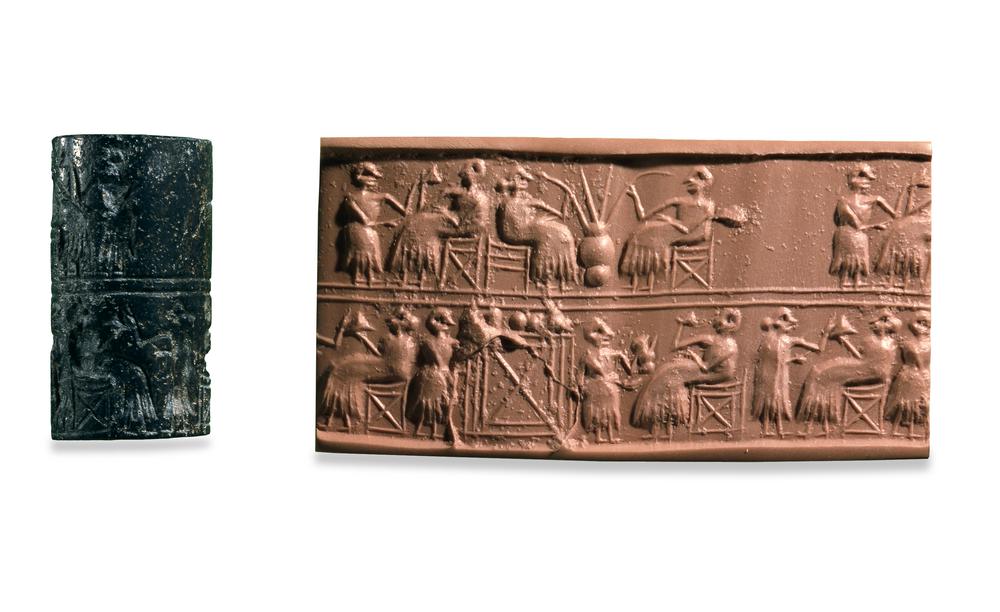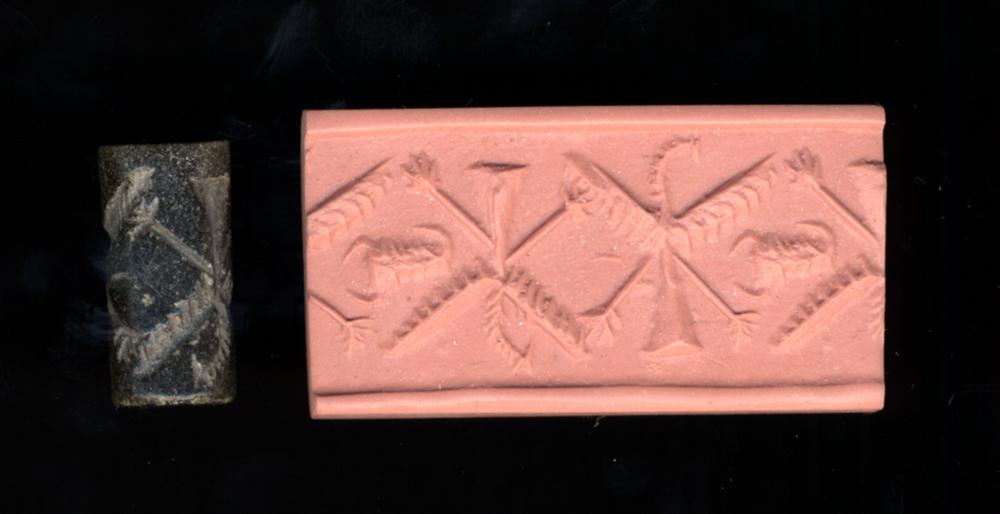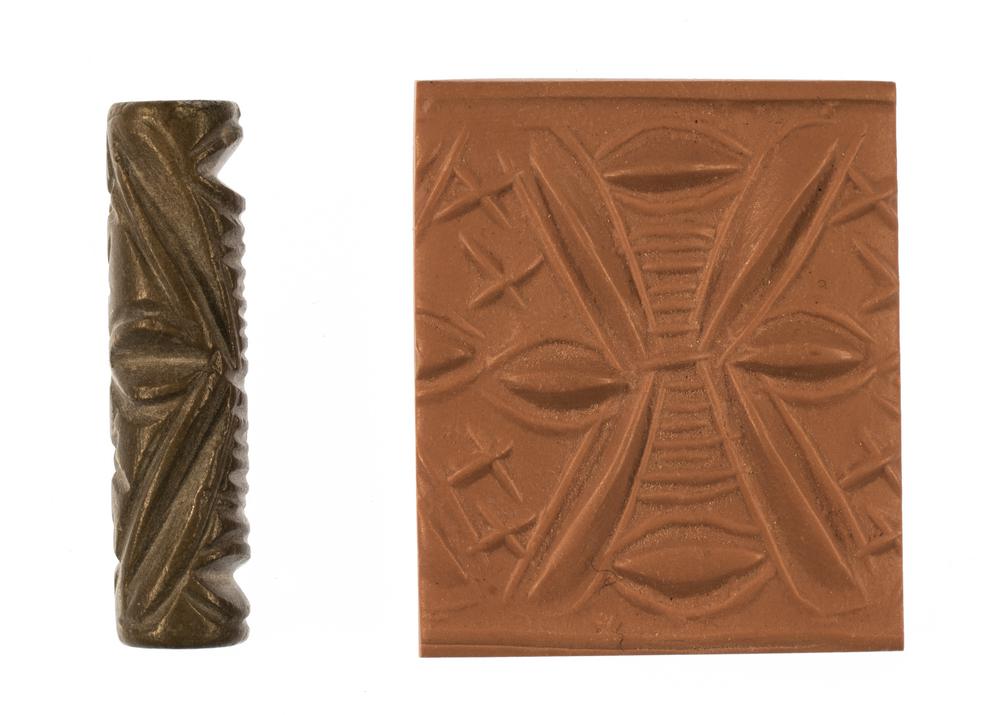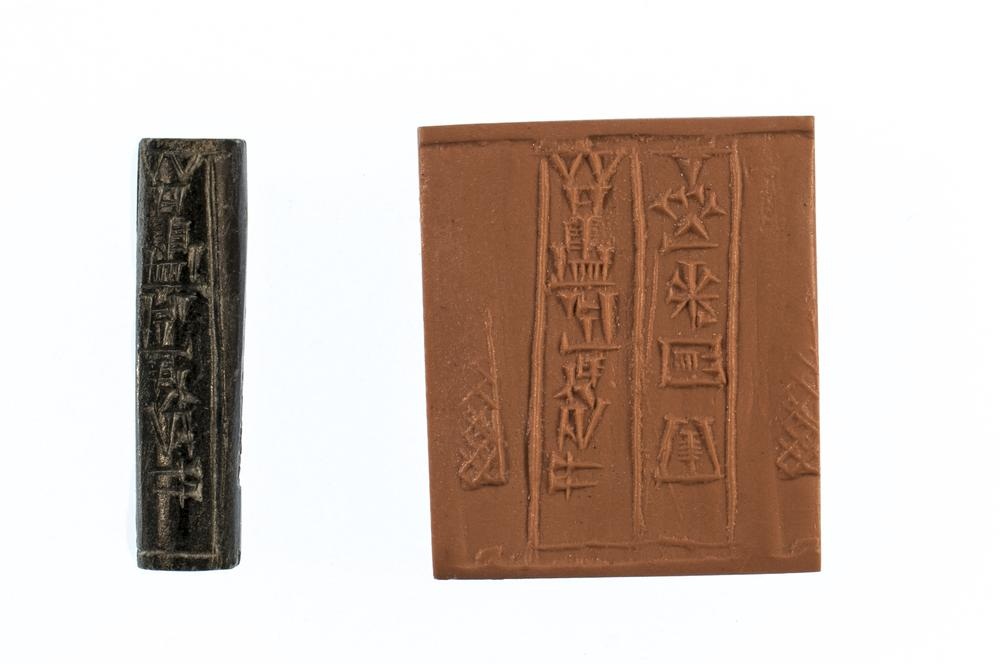
People of the ancient world used cylinder seals to certify documents. Archaeologists have found most of these artifacts in the territory of the former Mesopotamia, where hundreds of seals have been made from amethyst, obsidian, jade, limestone and other materials since the time of the Sumerian civilization. Their surface contains a variety of images and inscriptions, which are an invaluable source of information about the religious rites of the Sumerians.
Many cylinder seals were discovered by the English archaeologist Charles Leonard Woolley. Throughout the first half of the 20th century, Woolley traveled around Egypt, Syria, the territory of ancient Anatolia and Sumer, conducted excavations in these places, during which he collected a collection of unique specimens. So, in 1913, he went to Beirut, where he perfectly mastered the Arabic language and devoted a lot of time to the study of burials. Then Woolley discovered numerous decorations and seals. In the same year, the scientist went to Palestine and proved himself as a diplomat, reconciling several Arab tribes among themselves, which also contributed to the safe excavation.
Among Woolley's largest finds is the necropolis at Ur, one of the most famous and important Sumerian cities. In addition to hundreds of graves of ordinary citizens, there were 16 graves of representatives of the royal family. Woolley came across a seal from the reign of Sargon of Akkad, who conquered the city-states of Sumer and created his own empire. Let's look at some seals from the explorer's collection, donated to the British Museum.
This seal is made of lapis lazuli. The composition is divided into two parts and depicts drinking people and butlers. The specimen was found in the tomb of a high-ranking resident of Ur named Puabi.

The next item is made of chlorite. It depicts two eagles, the legs and wings of which form rhombuses. The scorpion is in the center of the diamond.

On the seals there are simple patterns. For example, in this case, rhombuses, stars and an image in the form of a ladder are carved in a steatite cylinder.

Many seals contain cuneiform inscriptions. Scientists have translated the text on this artifact as "Varad-Sin, son of Lamassa", there are no images.

Old and modern seals can be purchased in the Sphragistics section of Violity.
